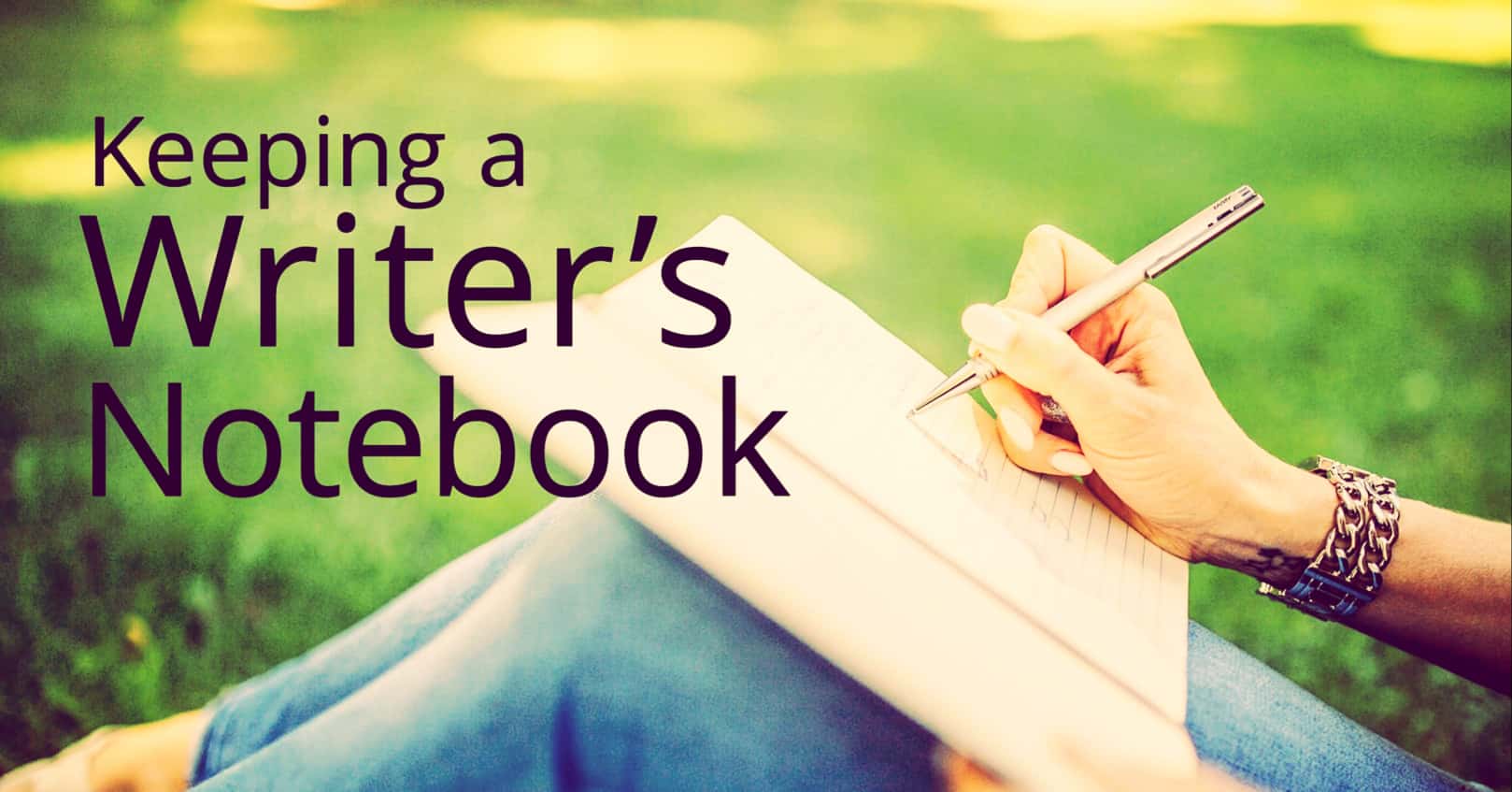
A writer’s notebook is a place where writers can keep ideas, thoughts, inspiration, and research, as well as practice and improve their writing. Depending on your lifestyle, the notebook can be big or small, simple or fancy. Choose something that works well for you!
A notebook is different from a diary: in a diary, you record what happens to you during the day; in a notebook, you record insights and stories that will help you in your writing.
Advantages to Having a Writer’s Notebook
Why use a writer’s notebook? And why a notebook rather than an electronic device?
1. If an idea pops into your head during the day, even if you’re out and about, you can whip out your notebook and write it down.
2. You can sit down with your notebook and brainstorm book plots, characters, solutions, and so on.
3. A notebook can be a place to try out ideas where no one else will see them. It is your creativity sandbox.
4. You can use your notebook to help overcome writer’s block or get ideas for your next book or blog post.
5. Through writing in your notebook, you’re practicing and polishing your writing skills.
6. A notebook is free from the distractions that an electronic device can bring (like social media, games and apps, other books, etc.).
7. A notebook, unlike an electronic device, never runs out of battery.
8. Writing by hand helps you get your ideas out quicker wherever you are, rather than trying to type words out on a small device when you’re out and about.
Ideas for Your Writer’s Notebook
So what should you put in your notebook? Here are some ideas to get you started.
1. Information about yourself.
This is a great way to get started on notebook writing and fill those blank pages.
2. Interesting events that happened to you.
These kind of things can be sprinkled into your own books to bring the characters to life.
3. A description of an object or animal or event.
This involves describing something multiple times in multiple ways, while showing rather than telling and avoiding -ly adverbs. This practice will make your writing stronger.
4. People’s reactions to certain events, including your own reactions.
You can also brainstorm why the person reacted that way. This will help you get into the heads of your own characters and make their actions believable.
5. Inspirational thoughts and advice.
6. Memories or stories others have told you.
Again, these stories may have a place in one of your books, or may spark an idea for a new book.
7. Daydreams and wishes.
8. Night dreams.
If you have an odd or interesting or even terrifying dream, write it down quickly before you forget, then rewrite it carefully as if you were writing a short story to share with others.
9. Brainstorms for characters, plots, and events.
If you’re just not sure which way to take your story, you can brainstorm ideas in your writer’s notebook.
10. Observations about the world.
11. Overheard conversation.
This one’s great, because if you have no idea what the people are talking about, you can make up a background story to go with the conversation.
12. Drawings of people, places, or things you imagine or want to include in a book.
Fun Writer’s Notebooks to Inspire You
Any notebook will do, but why not choose one that inspires you and makes you want to carry it around?
1. This unlined notebook is perfect for recording more than just words.
2. This tree of life notebook may inspire plots you never imagined!
3. This 3-pack of mini 4×6 notebooks may be just the thing you need to keep around the house, in your car, and in your bag.
4. Love science or the stars? These constellation notebooks with lined paper might be just your thing.
5. This one is refillable so you can take out pages you don’t need, or save old pages elsewhere.
What do you like to record in your writer’s notebook? We’d love to hear in the comments below.



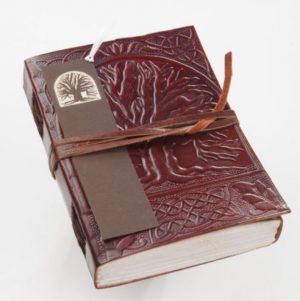

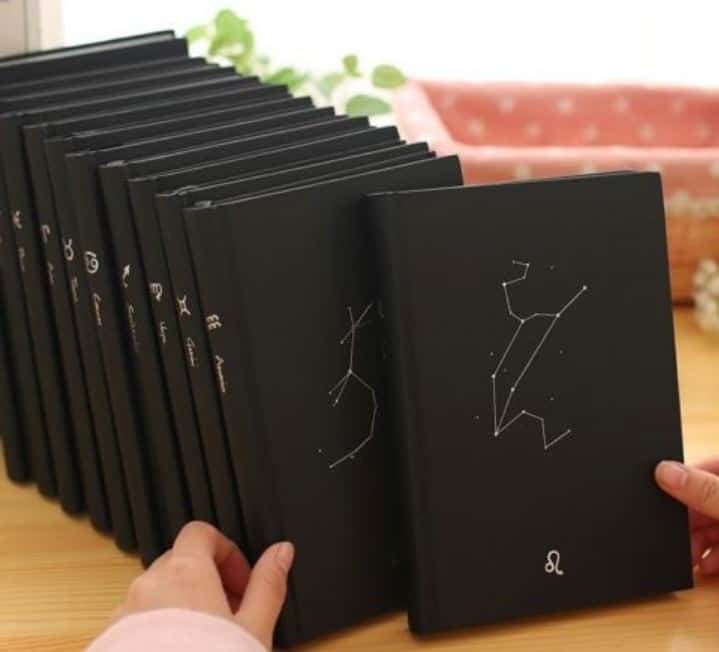
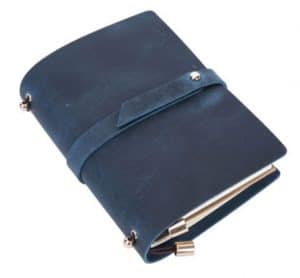


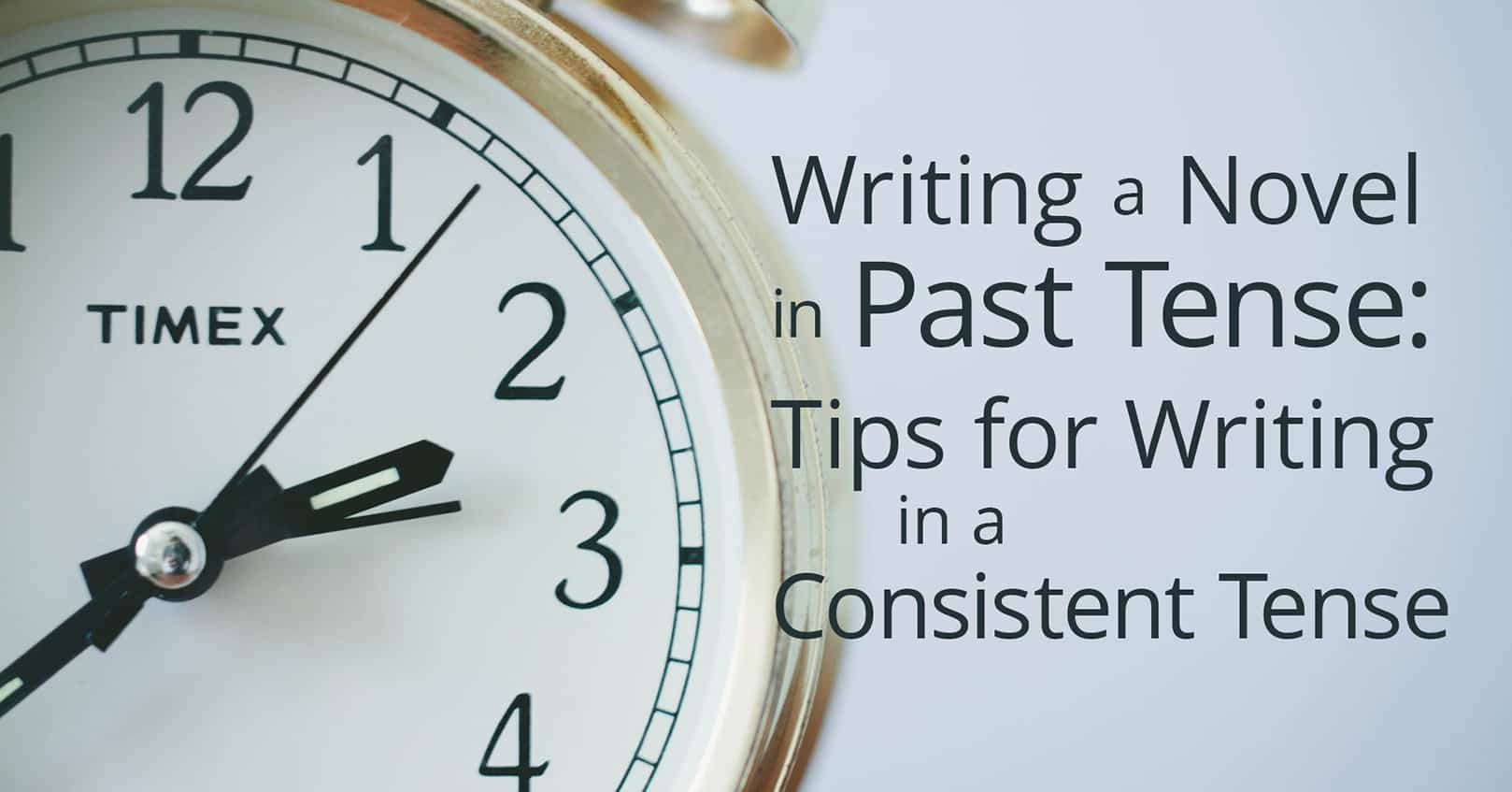










Comments